Nursing Delegation And Management Of Patient Care 2nd Edition By Kathleen Motacki – Test Bank
Chapter 05: Healthcare Regulatory and Certifying Agencies
Motacki: Nursing Delegation and Management of Patient Care, 2nd Edition
MULTIPLE CHOICE
1. The Joint Commission (TJC) is a voluntary accrediting agency that is nationally recognized for its performance standards. A hospital accredited by the agency will most likely experience which outcome?
|
a. |
Improved patient outcomes |
|
b. |
Dedicated staff |
|
c. |
Higher salaries |
|
d. |
Loss of practicing physicians |
ANS: A
Adherence to the performance standards set by TJC should lead to better patient outcomes. Options B and C may result from accreditation but there are no data to support this. Option D is incorrect because accreditation should have the opposite effect.
DIF: Cognitive Level: Application REF: page 58
2. In which situation should the SBAR (Situation-Background-Assessment-Recommendation) tool most appropriately be used?
|
a. |
To reduce the risk of nosocomial infections |
|
b. |
To improve response to changes in patient condition |
|
c. |
In hand-off communication |
|
d. |
For accuracy of patient identification |
ANS: C
SBAR is supported by TJC as a tool to improve communication between care givers. The other options are goals of TJC but is not related to the use of SBAR.
DIF: Cognitive Level: Application REF: page 91
3. Federal and state departments of health regulatory agencies have been established to ensure optimal standards and delivery of care. Which action is the jurisdiction of these agencies?
|
a. |
Investigation of medication errors |
|
b. |
Investigation of patient- or family-reported complaints |
|
c. |
Investigation of patient falls |
|
d. |
Investigation of staffing shortages |
ANS: B
These agencies investigate and make judgments on complaints brought by consumers of the services and the public. The other actions would be investigated internally.
DIF: Cognitive Level: Application REF: page 57
4. The state regulatory agency may impose a fine on a hospital for which patient safety infraction?
|
a. |
Inconsistent adherence to isolation protocol |
|
b. |
Medication administration error resulting in no harm to the patient |
|
c. |
Wrong patient sent for chest radiograph |
|
d. |
Repetitive staffing shortage due to staff discontent |
ANS: A
Hospitals may be cited and fined by the state regulatory agency because of nonadherence to isolation protocol. The other infractions would be managed internally.
DIF: Cognitive Level: Analysis REF: page 57
5. The state regulatory agency may impose a fine on a hospital for which patient safety infraction?
|
a. |
A UAP ambulating a patient |
|
b. |
A UAP checking a blood glucose level |
|
c. |
Allowing only RN staff in the medication room |
|
d. |
Leaving the medication room unlocked |
ANS: D
The door to the medication room must be locked at all times to prevent unapproved people from accessing medications, syringes, needles, etc. Options A and B are not regulated by state regulatory agencies. Option C is incorrect because other employees may need access for various reasons.
DIF: Cognitive Level: Analysis REF: page 60
6. The state regulatory agency may impose a fine on a hospital for which patient safety infraction?
|
a. |
Not reporting a patient’s change in condition |
|
b. |
Physical abuse to patient by staff |
|
c. |
Not documenting pain management |
|
d. |
Not feeding a confused patient |
ANS: B
Physical abuse of a patient would be investigated by a state regulatory agency. The other infractions do not require state investigation.
DIF: Cognitive Level: Analysis REF: page 62
7. The National League of Nursing Accrediting Committee (NLNAC) is an example of an accrediting body for nursing programs. Besides the nursing school, for what other agencies are they responsible to ensure compliance to their standards?
|
a. |
Hospitals where students provide care to patients |
|
b. |
Medical schools |
|
c. |
Nursing homes in the area |
|
d. |
Other similar hospital settings |
ANS: A
Hospitals must be in compliance with the standards of the regulating bodies for nursing school programs and will receive a visit when the schools that use those facilities are being accredited. The others are sites that are not visited during the accreditation of nursing schools.
DIF: Cognitive Level: Application REF: pages 57-58
8. During a convention at a large hotel, several attendees become very ill with respiratory symptoms for which they are diagnosed with Legionnaires’ disease. Which regulatory agency is responsible for investigation of an outbreak of Legionnaires’ disease?
|
a. |
Occupational Safety and Health Administration (OSHA) |
|
b. |
The Joint Commission (TJC) |
|
c. |
Centers for Disease Control and Prevention (CDC) |
|
d. |
National League of Nursing Accrediting Committee (NLNAC) |
ANS: C
The CDC is the government body responsible for preventing and controlling diseases. The other regulatory agencies do not investigate the outbreak of diseases.
DIF: Cognitive Level: Application REF: page 61
9. The people of the United States depend on many agencies working under the leadership of the U.S. Department of Health and Human Services (HHS) for assistance, research, and protection. Which service would be expected under the HHS leadership?
|
a. |
Restricting the cost of prescriptions |
|
b. |
Limiting accessibility to family planning |
|
c. |
Ensuring food and drug safety |
|
d. |
Providing day care for low-income families |
ANS: C
One of the departments within HHS is the Food and Drug Administration, which is responsible for ensuring the safety of our food and drugs. The other services are not provided by HHS.
DIF: Cognitive Level: Application REF: page 62
10. The Centers for Disease Control and Prevention (CDC) is a department headed by the Secretary of the U.S. Department of Health and Human Services (HHS). Which of the following situations would be expected to be investigated by this department?
|
a. |
Inaccessibility of the influenza shot |
|
b. |
Toxic spill near a school |
|
c. |
Outbreak of Salmonella |
|
d. |
Rubella exposure of a pregnant woman |
ANS: C
An outbreak of Salmonella is most likely from a contaminated food source and the source needs to be identified to prevent more injuries and deaths. The other situations are not within the auspices of the CDC.
DIF: Cognitive Level: Analysis REF: page 62

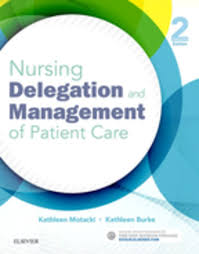
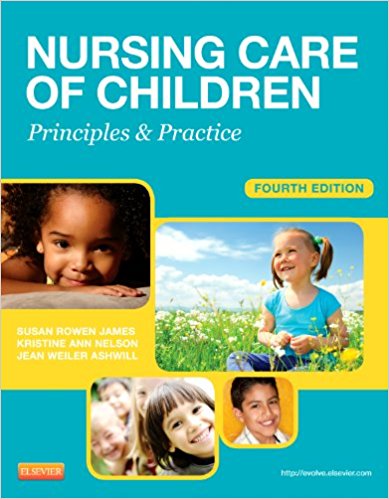
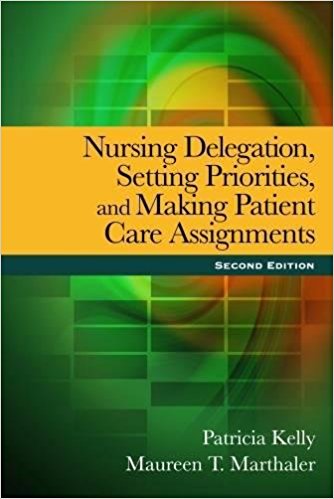



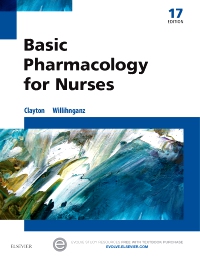
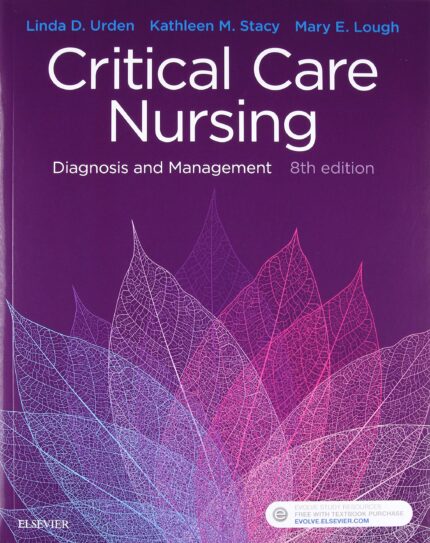



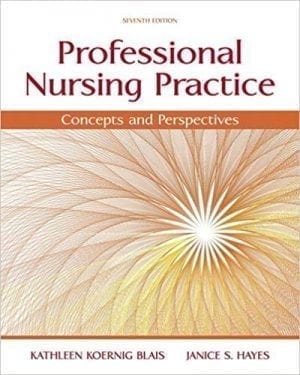

Reviews
There are no reviews yet.